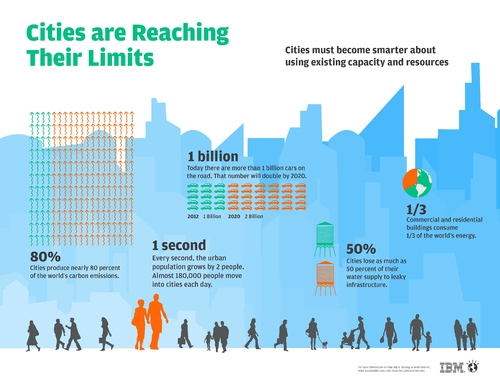First of all, it is fundamental to highlight some important ‘takeaways’ from the previous modules about the way we have to deal with the infrastructural challenges faced by cities:
- Decentralization of technologies and infrastructure and changing demands in cities call for new forms of governance.
- As a result of the necessary energy transition, environmental and climate issues and technological innovation, they are set to see major changes for cities. However, it is not possible to tackle each of these issues separately, because the solution to one can make the solution to the other more difficult.
- Promoting sustainable urban developments can raise unexpected questions. For example, subsidies for vehicle-charging points encourage the use of electric vehicles, but also bring about the return of the car to the city. This is after the last few decades have been spent attempting to reduce urban congestion. On the other hand, electric vehicles offer unexpected new opportunities. Because they are actually mobile batteries, they also facilitate local energy generation. If you want to exploit that additional storage capacity, you need smart grids that can determine how batteries can be most effectively deployed in the city.
- Coordinating the various actors involved in this solution is another management issue. It is therefore high time that the parties came together around the table. When an area is being developed or redeveloped, this will mean there are very different parties around the table, in different roles: car manufacturers, energy companies, water boards and technology companies suddenly begin negotiating with the parties that were traditionally involved in area development: municipalities, property developers and housing associations.
- The financial aspects of attempts to increase sustainability will also create headaches because the parties that pay the costs may be different from the ones that see the benefits.
- Bottom-up initiative is set to become increasingly common. After a period of control by government and the market, citizens are now taking the initiative, either voluntarily or because they have no choice. Many municipalities are encouraging this by developing Living Labs. These provide space to work together on innovative, integrated solutions that do justice to the specific preferences and possibilities of the area. In these Living Labs, stakeholders, who may be professional organizations or self-organizing citizens, can experiment with new types of cooperation, agreements and rules.
- Regulation is then based on what happens in practice. Through experimentation, you discover where the issues are and which solution satisfies the most stakeholders.
- Experimentation is essential to shake off old patterns. Far too often, people lose sight of their ultimate objective and resort to existing certainties.
Now let's first start with a web lecture on one of the main drivers of infrastructure development: urbanization.
